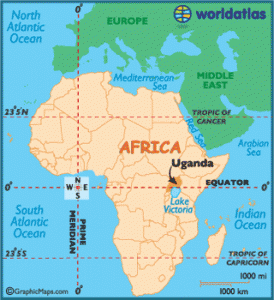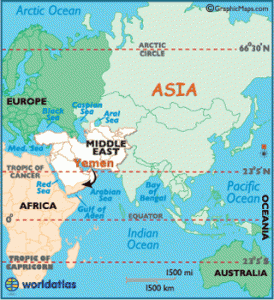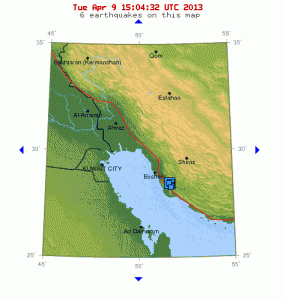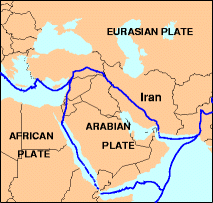
Two large earthquakes in Africa create movement in the Indian Ocean and in the Middle East.
Two days ago, I posted a blog about two large earthquakes in Uganda, Africa, and I wrote:
Keep an eye out for more quakes in this region because they may be a signal that large movements are setting up in the Indian Ocean, east of Africa, in the Middle Eastern regions, and north of Africa in the Mediterranean Sea.
Well, it happened two days later on July 5, 2013 – three quakes hit east and north of Africa.
- 4.7 – Mid-Indian Ridge
- 4.8 – Yemen
- 4.5 – Yemen
Now, keep an eye on Greece.
Uncommon Quakes
Even though Uganda’s East African Rift Valley is one of the most active earthquake zones in East Africa, it is not common for Uganda to experience large earthquakes. When I saw two large quakes occurring within hours of one another on July 3, 2013, I figured that this signaled movement yet to come east and north of Africa.
And, it did.
The Indian Ocean is an area that experiences many strong earthquakes, and in 2004, the Sumatra megaquake spawned the devastating tsunami that slammed into Sri Lanka and southern India. When I see movement in Africa, I watch for movement in the Indian Ocean and in the Middle East.
The Middle East

Two earthquakes strike in Yemen two days after the Ugandan quakes.
Frequent and large earthquakes are also unusual in the Middle East, but they are beginning to occur more often these days, and this is something we need to watch carefully.
A Biblical scholar once told me that the End Times were near when a tsunami hits the Middle East. I am not one for apocalyptic predictions, but a Middle East tsunami is a possibility in the near future. Especially as more quakes strike in countries along the Persian Gulf and Arabian Sea, like Yemen.
All we can do is wait and see.


